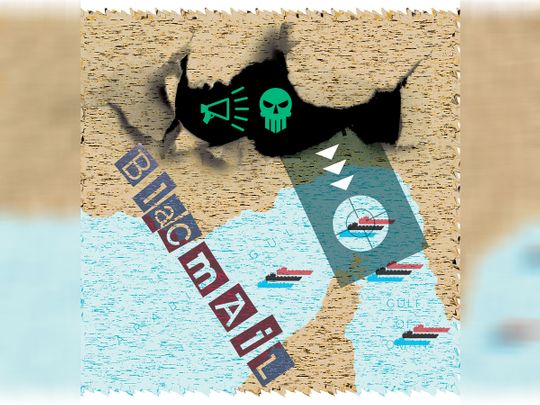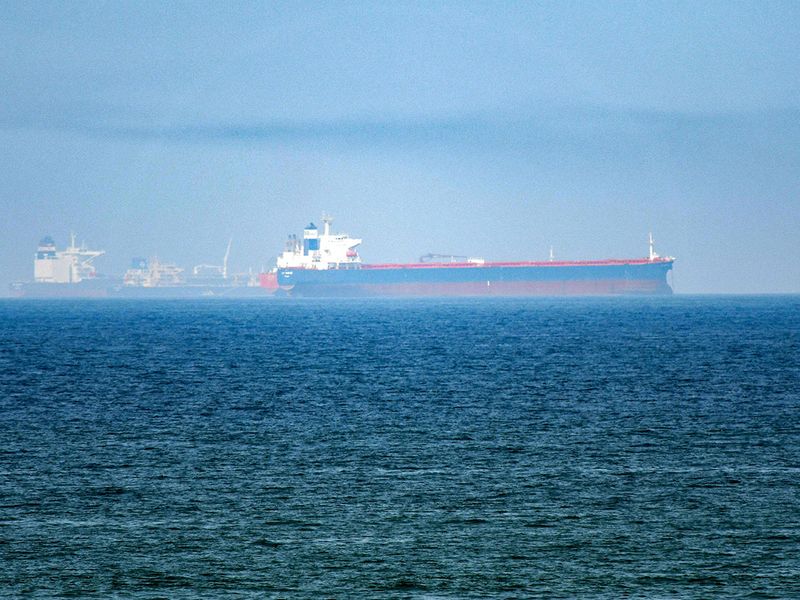
Suspicion is now hardening that Iran was behind the attack on the two tankers in the Gulf of Oman on Thursday morning. US Secretary of State Mike Pompeo has pointed the finger at the Islamic Republic, and American officials have released footage of what purports to be an Islamic Revolutionary Guard Corps (IRGC) speedboat alongside one of the ships. The video shows men apparently removing an unexploded limpet mine (type of naval mine attached to a target by magnets. So named because of its similarity to limpet, a type of sea snail) from the hull of the vessel. The implication is that the perpetrators were removing evidence of their guilt.
The US also blamed Iran for attacks on vessels in the port of Fujairah last month. An investigation by the UAE, Saudi Arabia and Norway pinned them, on a state actor, without feeling the need to name the Islamic Republic. Iran denied responsibility, with Iranian Foreign Minister Javad Zarif descending to bazaar-level conspiracy theories involving a false-flag operation by Israel’s Mossad.

If you’re not inclined to believe the Trump administration, most detectives would still tell you that the most obvious culprit is usually responsible for the crime.
To those seeking logic behind the attacks, though, it may be hard to see why Iran would do this but that assumes that the regime in Tehran is a rational actor.
The Gulf of Oman attacks are especially hard to explain: targeting Japanese shipping on the very day that Prime Minister Shinzo Abe was meeting Supreme Leader Ali Khamenei on a well-publicised peace mission would seem extraordinarily counterproductive, even for a regime with an almost fanatical commitment to self-harm.
Endangering lives
But Khamenei made very clear his contempt for Abe’s attempt to mediate between the Iranian regime and the White House. He dismissed the offer and took to Twitter afterwards to throw his diplomatic guest under the bus. The most charitable view of this humiliation is that the Ayatollah might have regarded the prime minister as a proxy for the United States.
So it’s quite possible to see why Iran would want to attack the tankers, endangering lives as well as the world’s busiest oil route.
The first thing to note is that the regime has repeatedly said that it would do exactly that, using the old if-not-us-then-nobody argument. Since the US’s tightening of sanctions has squeezed Iranian oil exports, nobody else’s should be allowed to pass through waters within reach of the IRGC.
The Iranians know that these threats, if repeated, can lose their power if not followed with action. The attacks on the tankers, then, can be explained as a demonstration that Khamenei’s attack hounds have some teeth.
Bargaining chips
There is another rationale. If Iran does eventually agree to negotiate with the US, it will want to bring some bargaining chips to the table — something it can exchange for the removal of sanctions. In the negotiations over the 2015 nuclear deal, Iran was able to offer the suspension of its nuclear programme. It doesn’t have that particular chip now, although Tehran has recently threatened to crank up the centrifuges again.
Meanwhile, the regime may have calculated that the only way to secure some kind of negotiating position is blackmail: End the sanctions, or we take out some more tankers, and send oil prices surging.
In this scenario, the Gulf of Oman (that connects the Arabian Sea with the Strait of Hormuz, which then runs to the Arabian Gulf) attacks offer a peculiar form of optimism: If you squint just enough, you can see that the regime in Tehran is moving towards negotiations. It is a high-risk strategy, more likely to fail than succeed. But that has been the Islamic Republic’s stock-in-trade for 40 years, and we shouldn’t expect good sense to break out in Tehran soon.
Bobby Ghosh is a columnist and member of the Bloomberg Opinion editorial board.








